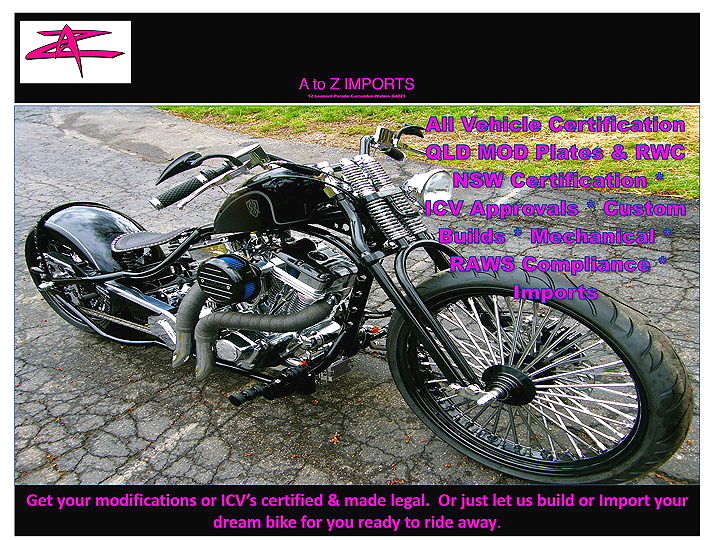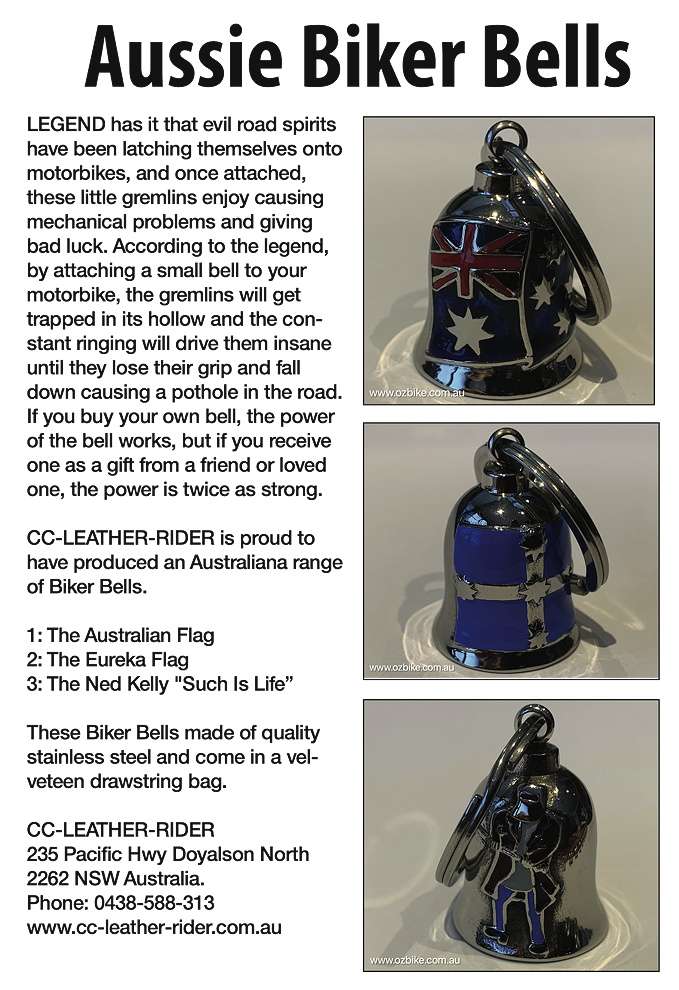Loud Pipes are Safer for Police Riders
IN OAKLAND, USA, all 45 of the Police Department’s Harley-Davidson motorcycles have been equipped with new louder mufflers.
“There’s an old motorcycle adage that you are heard before you are seen,” said Deputy Chief Dave Kozicki, explaining the Department’s decision to toss the bikes’ muted factory mufflers.
Kozicki cited an accident three months ago in which an Oakland officer riding a toned-down cycle was struck by a motorist who said he hadn’t heard the officer approaching.
But some City Hall insiders, as well as motorcycle cops elsewhere, said the safety argument is a stretch. Even the folks at the National Motorcycle Industry Council, which represents all the big bike manufacturers, were unaware of any safety benefits from louder mufflers.
“We encourage all motorcycle riders to keep the original low sound levels that meet the… federal sound limit of 80 decibels,” said industry spokesman Mike Mount. “It would seem counterintuitive that a law enforcement agency would go against federal standards.”
Ironically, it was just a short time back that Oakland police were called upon to crack down on noisy motorists who had modified their auto mufflers to make a whistling screech. The “whistle tip” pipes were eventually outlawed under state law.
Oakland’s cops had a long tradition of riding their Harley-Davidsons with the modified, louder mufflers, earning them the nickname ‘Rolling Thunder’. But after an officer complained about a loss of hearing and others around town questioned whether the police force was violating the very noise standards it was supposed to enforce, the Department brass ordered a switch to the quieter stock mufflers.
According to Kozicki, the decibel drop sparked a chorus of complaints from other officers who said they felt less safe. So last year the Department launched a $1200 study in conjunction with the city’s Risk Management Division to determine whether A) the louder motorcycles contributed to officers’ safety, B) were detrimental to their hearing, and C) complied with noise standards.
Kozicki acknowledged that whatever safety-related findings the study produced were largely anecdotal. Still, after everything was taken into consideration, the Department concluded, “It was in the best interest of the officers to put more-audible pipes back on,” Kozicki said.
Hence, all 30 of the Department’s Harleys were sent down to the central maintenance yard for a muffler makeover at a cost of about $15,000. Another 15 newly purchased motorcycles were ordered with the louder pipes although at no extra charge.
Oakland officials acknowledge that the noisy pipes, when tested, averaged 93 decibels—well above the Federal legal noise limit.



